Repeat all parts of above problem for F=40N
(a). And (b). We have already calculated that, requirement of friction for pure rolling is
f=37F
for F=40N⇒f=1207N
Now, this value of f is more than μSN, so backward slip (a<Rα) will take place because f is positive so kinetic friction or 10 N will act in forward direction.
(c). 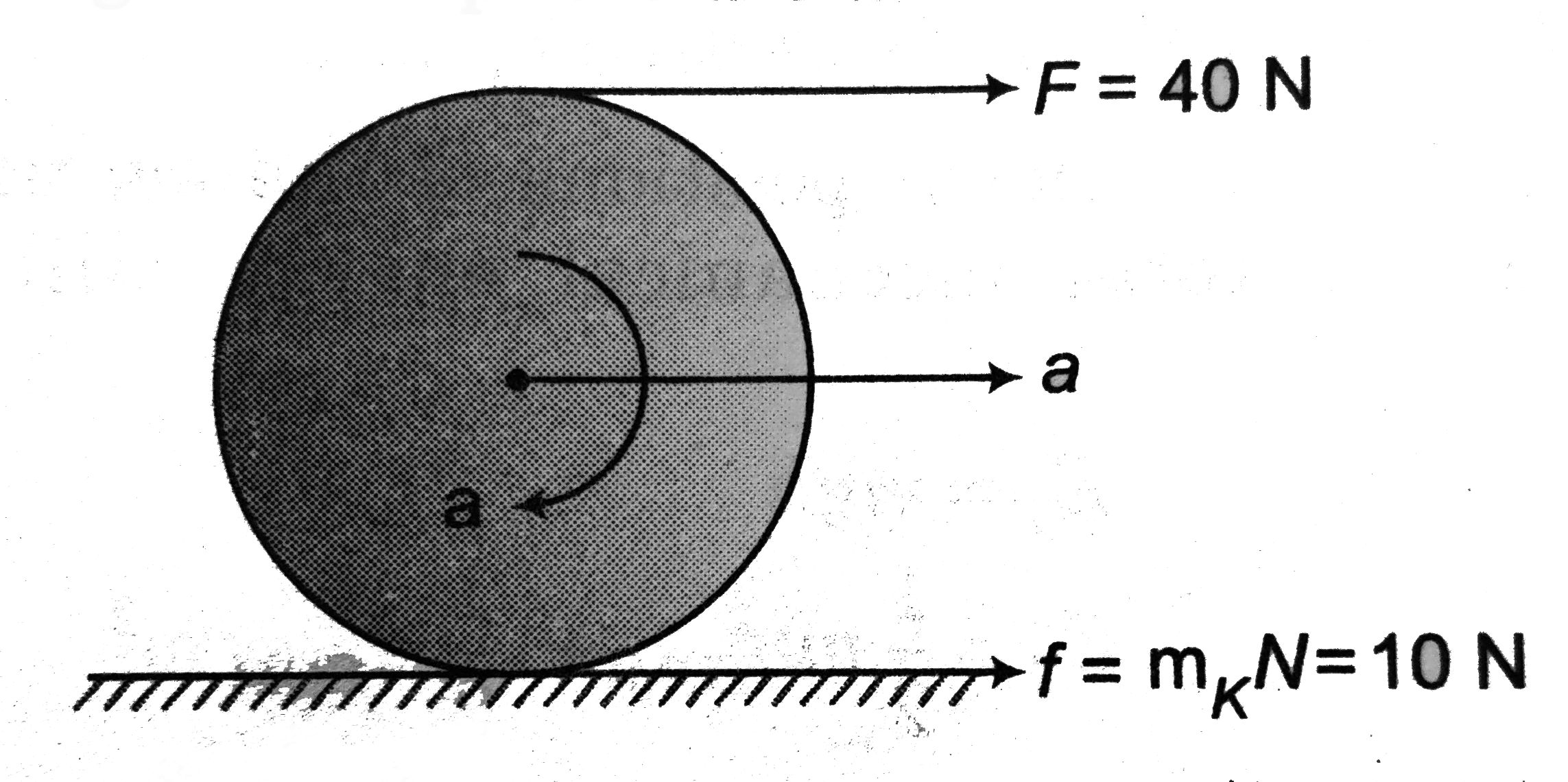
The actual forces acting on the sphere are as under:
a=Fnetm=40+105=10m/s2
a≠aR
but α=τnetI=FR−fR25mR2
=2.5(F−f)mR=2.5(40−10)(5)(1)
=15rad/s2
Topper's Solved these Questions
- ROTATIONAL MECHANICSBOOK - DC PANDEY ENGLISHCHAPTER - ROTATIONAL MECHANICSEXERCISE - Miscellaneous Examples
2 Videos
- ROTATIONAL MECHANICSBOOK - DC PANDEY ENGLISHCHAPTER - ROTATIONAL MECHANICSEXERCISE - Solved Example
1 Videos
- ROTATIONAL MECHANICSBOOK - DC PANDEY ENGLISHCHAPTER - ROTATIONAL MECHANICSEXERCISE - Subjective Questions
2 Videos
- ROTATIONBOOK - DC PANDEY ENGLISHCHAPTER - ROTATIONEXERCISE - (C) Chapter Exercises
39 Videos
- ROTATIONAL MOTIONBOOK - DC PANDEY ENGLISHCHAPTER - ROTATIONAL MOTIONEXERCISE - Integer Type Questions
17 Videos
Similar Questions
Knowledge Check
In the above problem:
Awork done by gas in Ist sample > work done by gas in IInd gasBwork done by gas in IInd sample > work done by gas in Ist sampleCwork done by gas in Ist sample= work done by gas in IIth sampleDNone of theseRepeat the above problem, but with the current in both wires shown in fig. directed into the plane of the figure.
Graph the magnitude of →B at points on the x-axis.A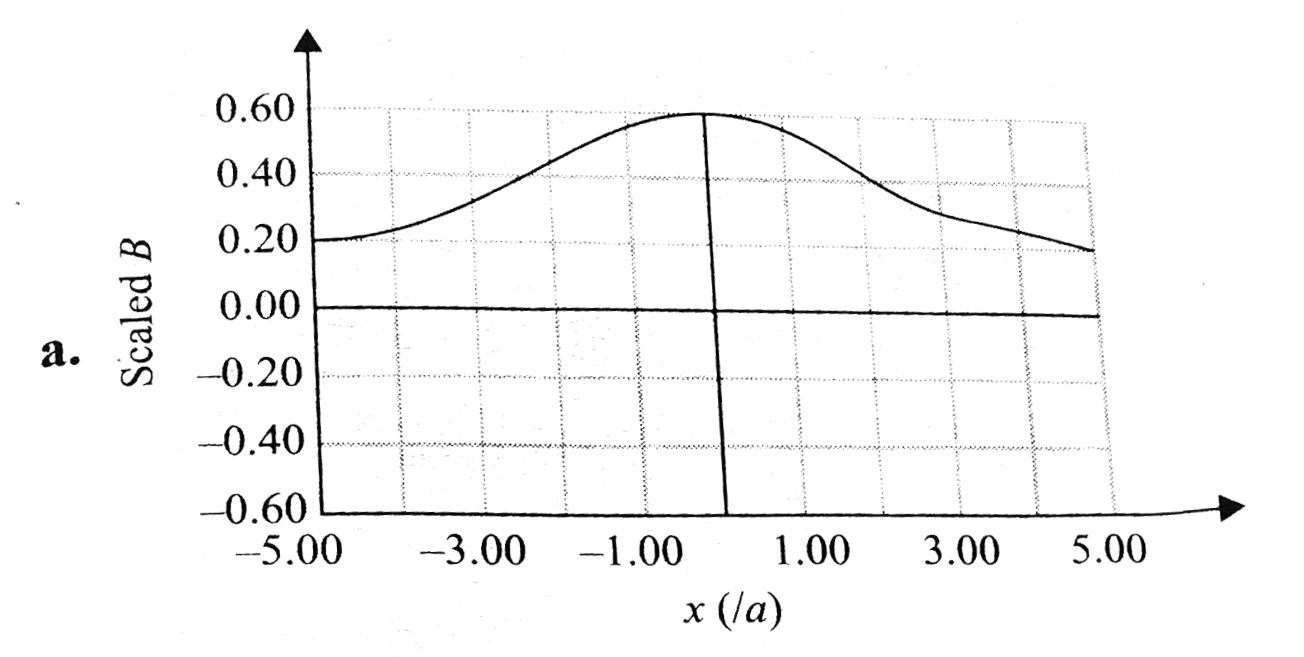 B
B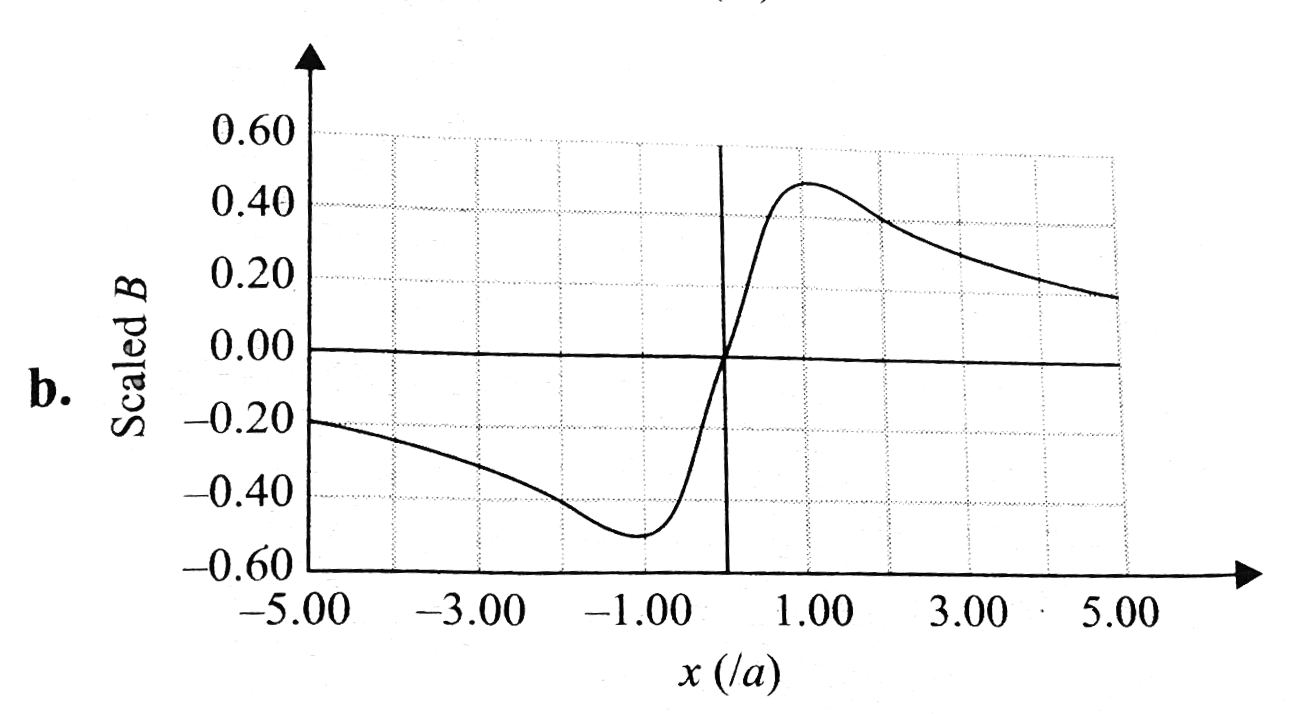 C
C D
D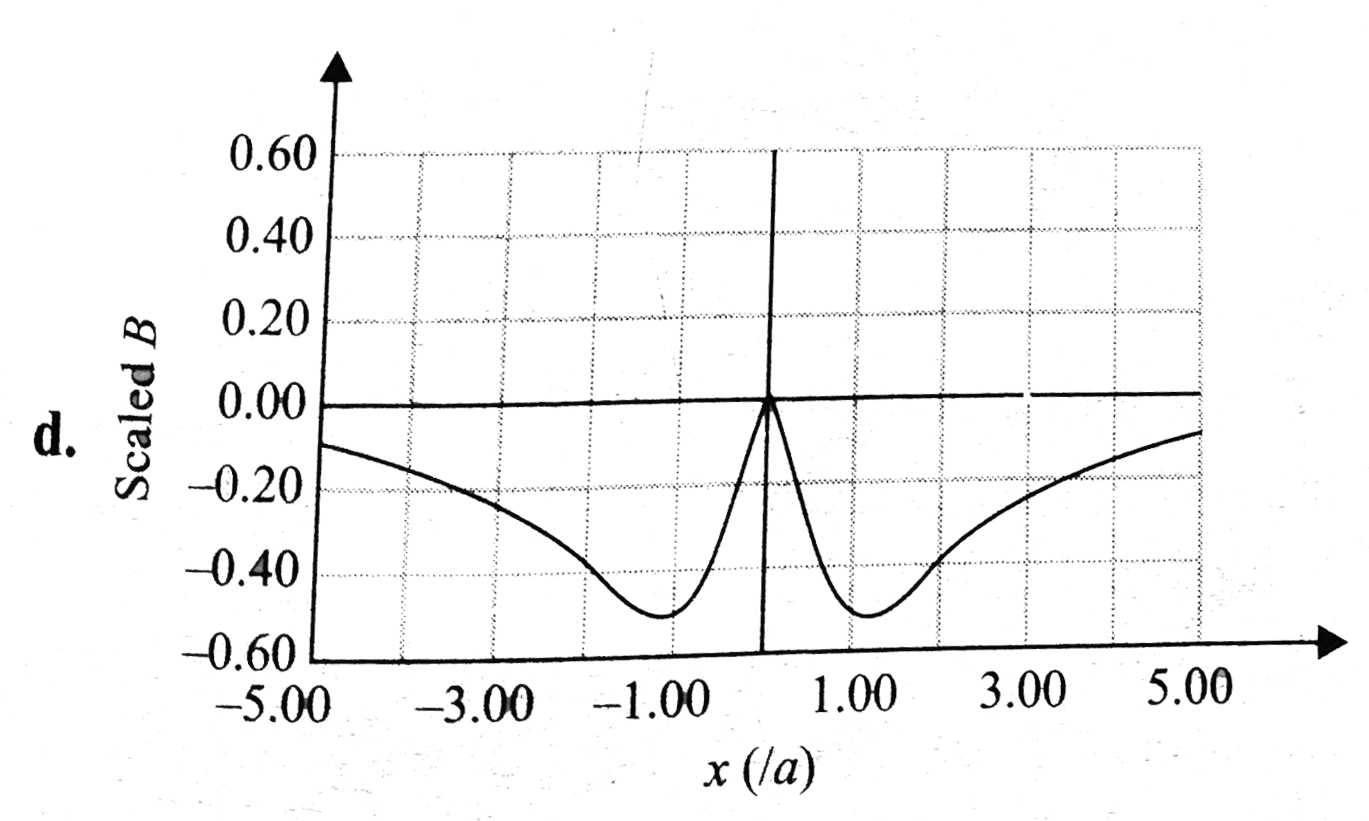
Repeat the above problem if the semicircular part is replaced with a quarter circle (see figure).
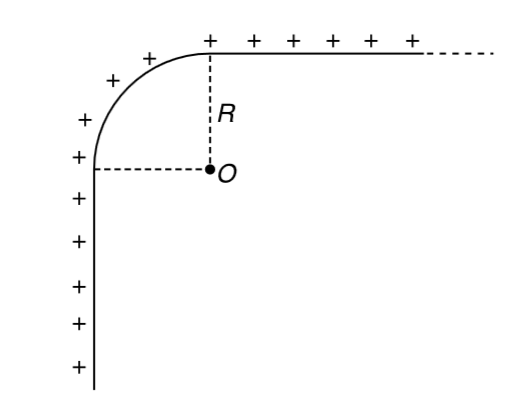
View SolutionRepeat both the parts of the above question, If the train moves with an acceleration a=g/2 up the plane.
View SolutionRepeat both the parts of the above question, If the train moves with an acceleration a=g/2 up the plane.
View SolutionRepeat the above problem aussuming B is placed on A at a distance a2 from mean position.
View SolutionRepeat the above problem, but with the current in both wires shown in fig. directed into the plane of the figure.
Graph the magnitude of →B at points on the x-axis.
View SolutionRepeat the above problem, but with the current in both wires shown in fig. directed into the plane of the figure.
At what value of x is the magnitude of →B is maximum?
View Solution
